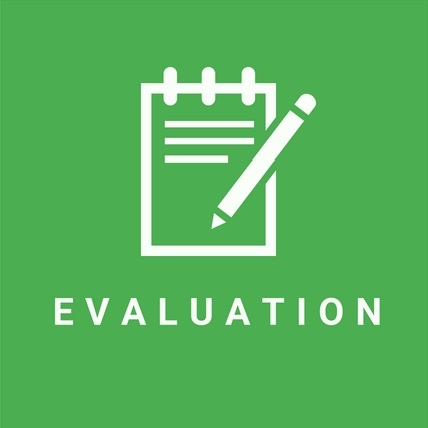Projects
CCBR typically has 15-20 ongoing projects and has completed over 500 projects since 1982. Each project is guided by our commitment to impacting social change in practical and powerful ways. We conduct research with people not on people, cultivating respect with communities at every step of the process.
Projects can be searched for using words from the project title or using the service area, theme, or date range for the project. You can also type 'Service Area' or 'Theme' into the search bar to get a list of options in each of these fields.
- Projects
- /
- 9191_ Evaluation of Tikinagan Child and Family Services: Mamow Obiki-ahwahsoowin Project
Our Partners
The project was funded by a Child Welfare Research Grant from the Ontario Ministry of Children and Youth Services, and was carried out by CCBR and Tikinagan Child & Family Services.
Project Synopsis
Tikinagan Child & Family Services is an Indigenous Child Welfare Agency in Northern Ontario. It serves an area between James Bay, Manitoba, and Nunuvut that is about the same size as the distance from Windsor to Ottawa. Over many, Tikinagan developed and implemented a unique approach to child welfare practice based on the traditions of First Nations people in Northern Ontario. This approach is called Mamow Obiki-ahwahsoowin, which translates as "Everyone working together to raise our children."
The three-year research project was designed to document the Mamow model so that Tikinagan could share learnings with others. The specific goals of the project were:
-
To describe how the Mamow Obiki-ahwahsoowin model is intended to work
-
To explain why the Mamow Obikiahwahsoowin model is important in First Nation communities and how it respects the communities' traditional customs
-
To understand what the communities think of the Mamow Obiki-ahwahsoowin model and see if there are ways in which it could better serve the communities
-
To understand if the Mamow Obikiahwahsoowin model has made a difference for First Nation families and communities. If it has made a difference, to understand what the differences are.
This project was being carried out by a team that includes three Indigenous researchers based in the north who speak the traditional languages of Ojibway and Oji-Cree, as well as two researchers and two students based at CCBR. These team members visited communities across the North, meeting and interviewing Chiefs, band council members teachers, elders, spiritual leaders, and others involved in caring for children and families. A steering committee made up of Tikinagan staff, elders, and other First Nations people guided the project.
Mamow Obiki-ahwahsoowin is a set of values and a vision, as well as a model of service. For this reason, our research project had to twin knowledge production and knowledge mobilization. We took every opportunity during the research process to teach people about the Mamow vision and to provoke discussion about it.

